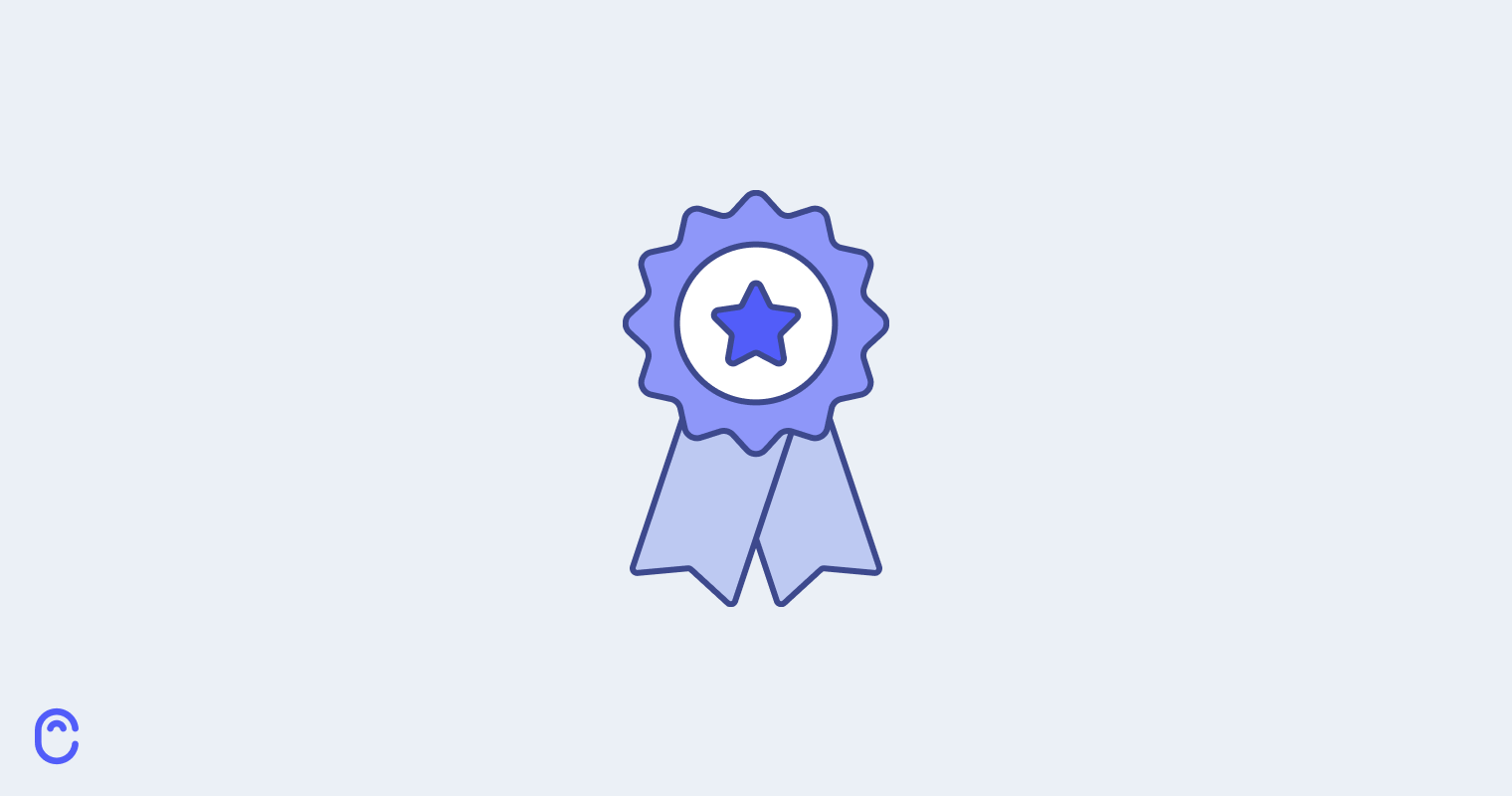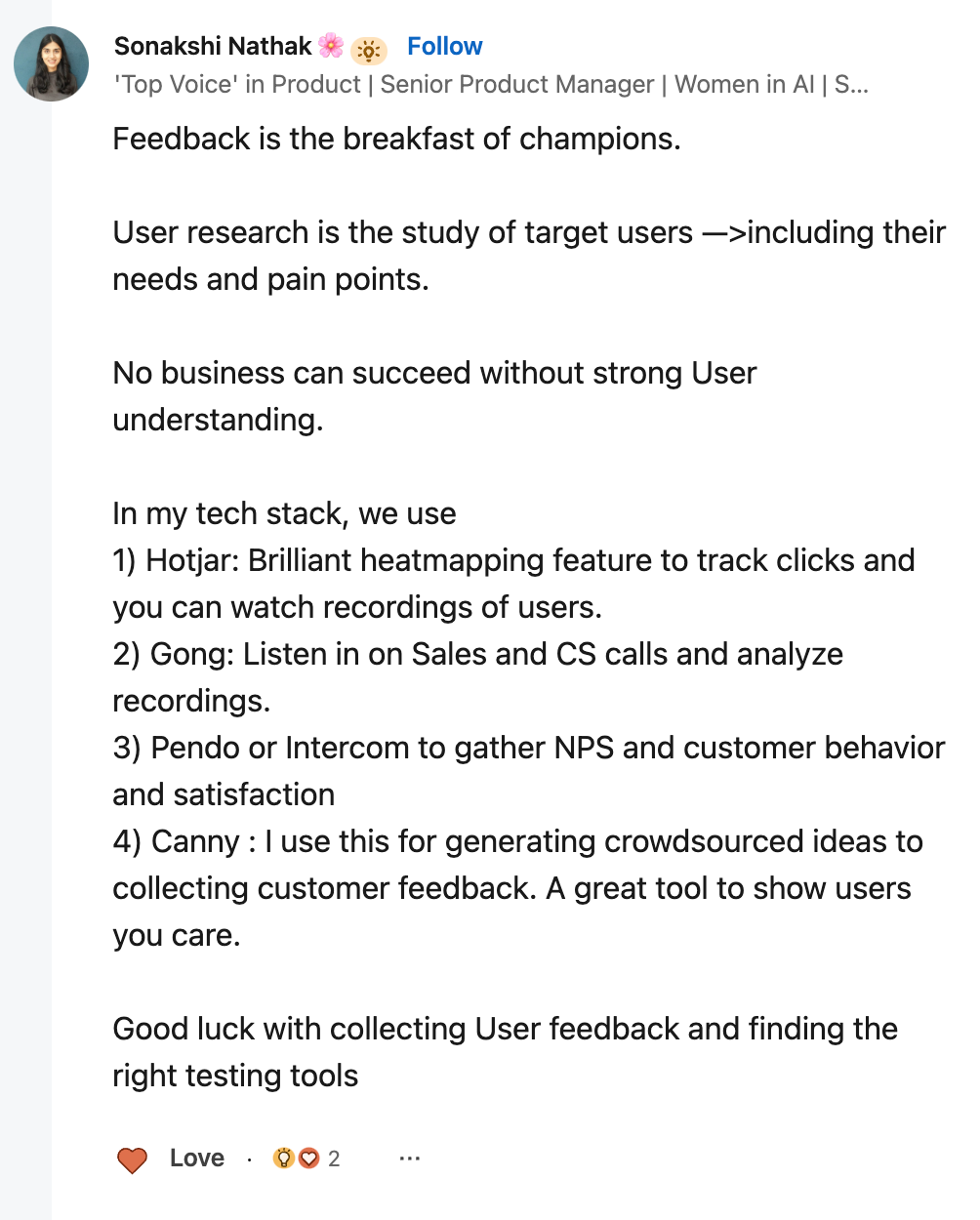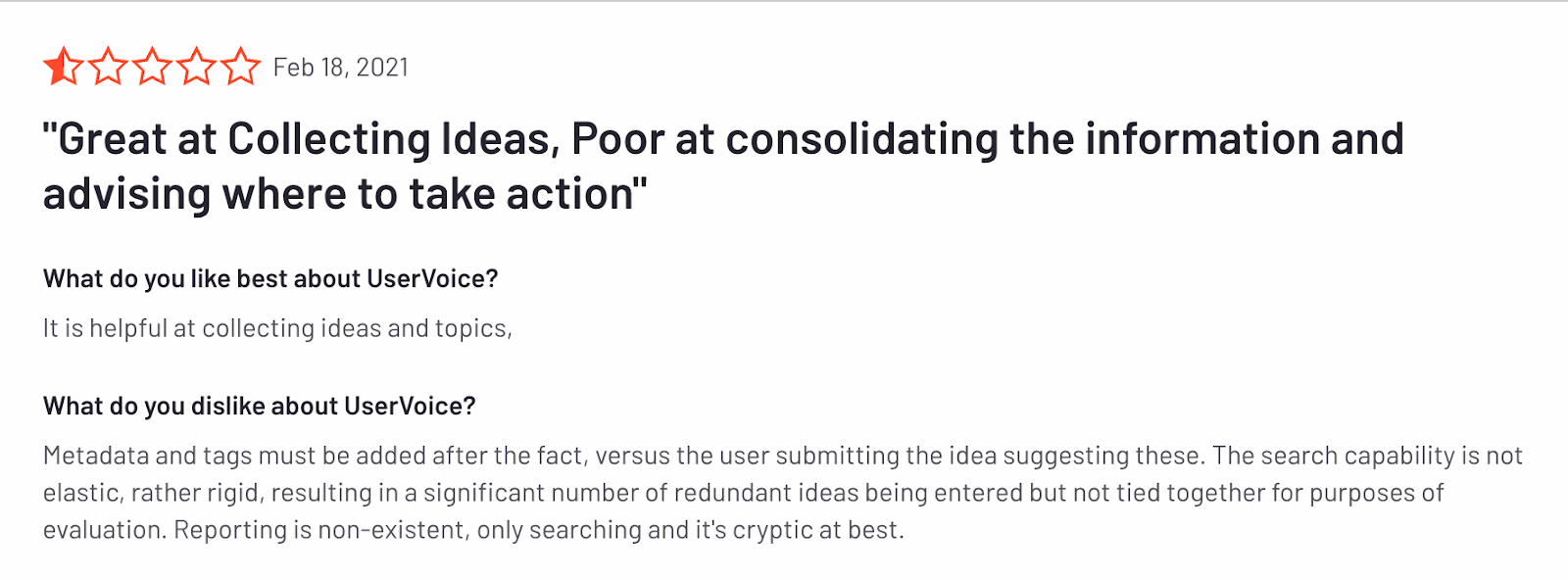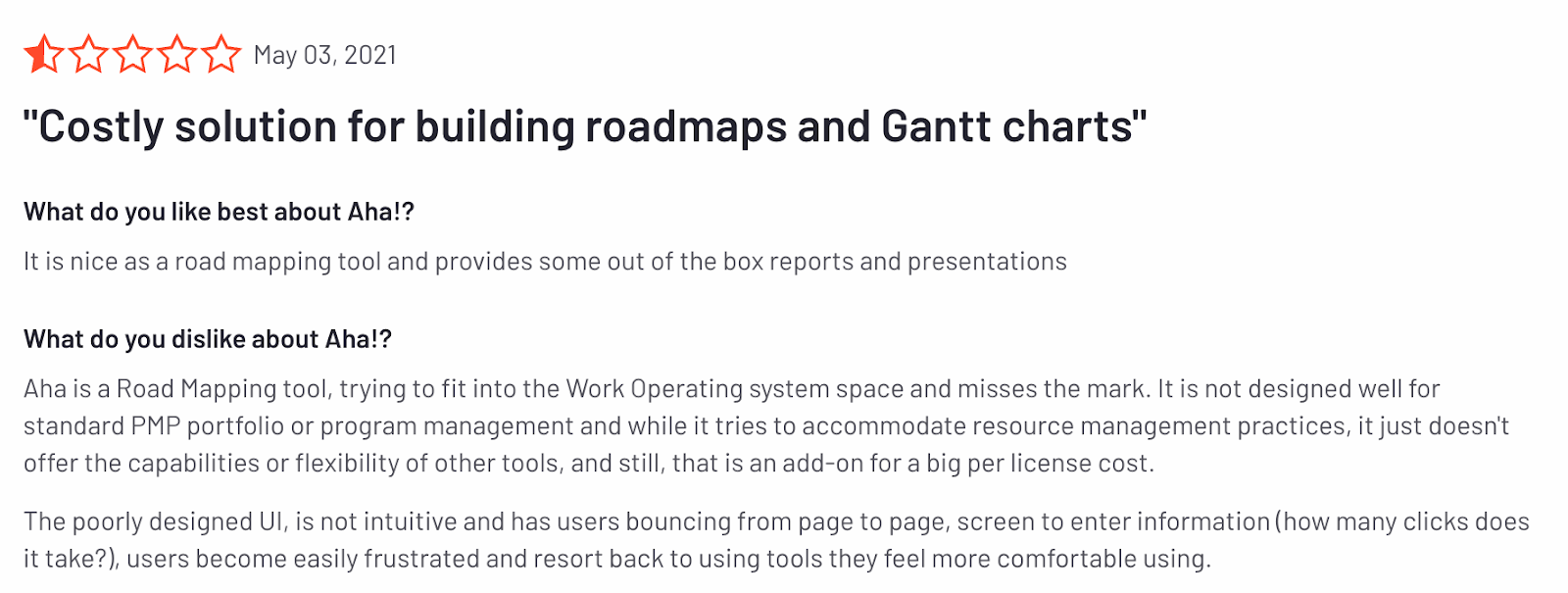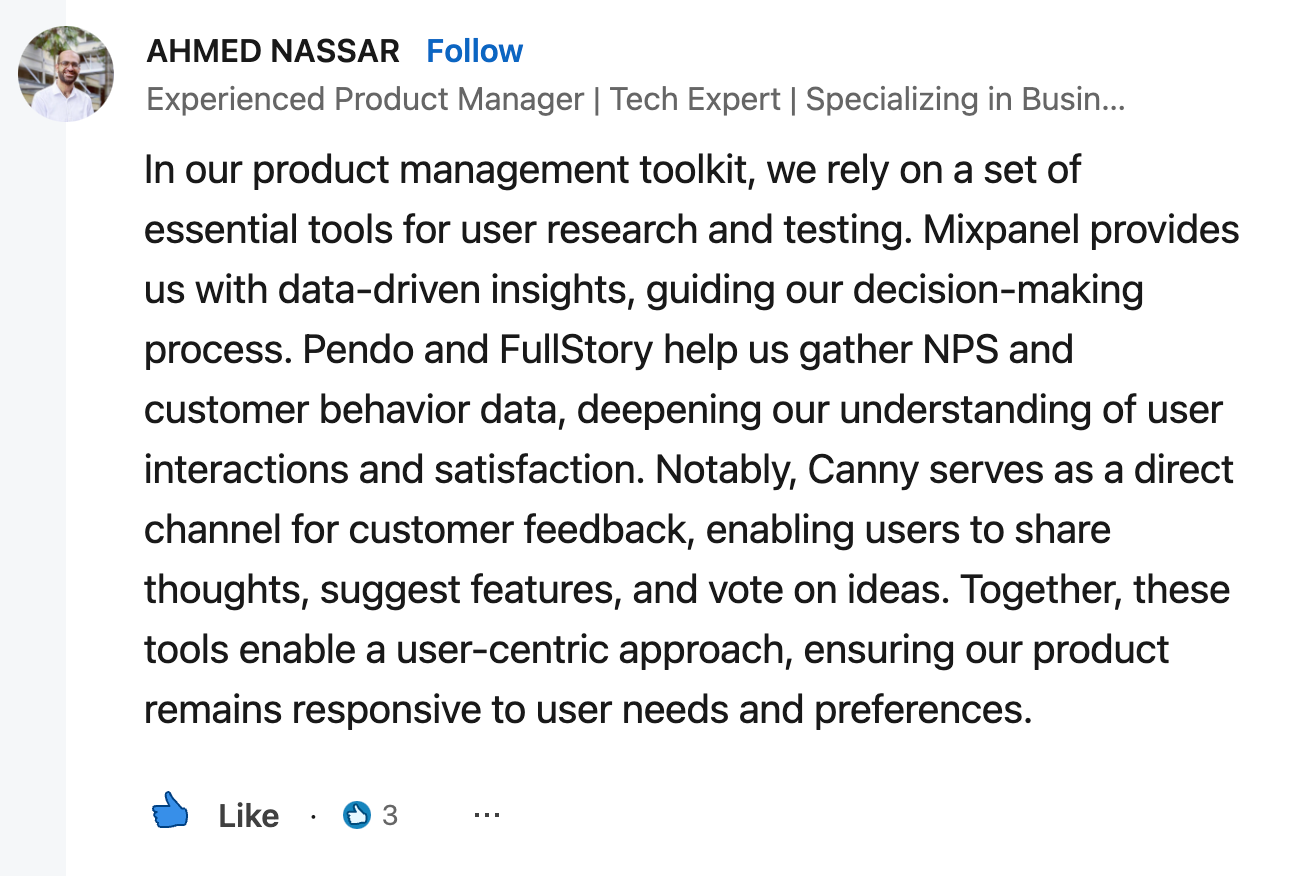Welcome to the world of product management! If you’re a product manager, picking the right software is a big deal. We always say product management is more an art than a science. Having the right tools can really help guide your decisions.
There are lots of options out there. Some are simple, some are complex, but all are aimed at helping you succeed.
We’ll examine different product management tools and discuss their pros and cons. We’ll also consult some product experts to give you a well-rounded list of options.
This guide is your quick way to understand which tool fits your needs best.
What is product management software and why do you need it
Product management software helps you manage the life of your entire product – from the first idea to putting it out in the world. Beyond that, product management tools help you keep your product up-to-date, improve it, and iterate on it.
Why is this so important? Let’s break it down.
HIT OKRS
OKRs (Objectives and Key Results) are your goals. Product management software helps you make informed product decisions. You can quickly see how each activity contributes to your OKRs. When you base every product decision on user feedback, you end up hitting your OKRs.
BE ORGANIZED
It’s easier to stay on top of things when everything about your product is in one spot. Imagine having a neat desk with everything labeled and within reach. That’s what this software does but for your product.
IMPROVE TEAM COLLABORATION
When everyone on your team can see and share information quickly, working together gets a lot smoother.
Product management software is your go-to for staying on track, being efficient, and working well with your product team. It’s a must-have in your product management toolkit. But how do you pick a tool that’ll work for you?
SAVE TIME
This means less time spent on repetitive work and more time on the creative side. Imagine having a fast-forward button for the less exciting tasks.
Want to stay on top of product news? Check out our list of the top product management blogs.
What makes the best product management software
When picking product management software, look out for these things. They’ll make a difference and save you from switching between various tools.
EASE OF USE AND USER-FRIENDLINESS
The best software feels easy to use. This means you can spend more time doing your job and less time figuring out how the software works.
FEATURES
Look for tools with the right features. These tools do exactly what you need, like:
- Gather user feedback
- Sort and prioritize features
- Segment users
- Build a product roadmap
- Share your roadmap with stakeholders
- Manage tasks
- Track progress
Consider your team’s current process and what you might want in the future.
SCALABILITY
Good software grows with you. It should work well for small to large product teams and give you room to scale. If you adopt a new tool and outgrow it a year later, it’s not ideal. It’s best to start with a robust tool right away. Switching costs are painful.
TRANSPARENCY
The ability to build in public and collaborate with users is critical. This means you can share your progress and get feedback easily.
Internally, transparency is huge too. Your whole organization needs to be aligned on your goals, progress, and results. Well-designed PM software helps you achieve that.
CRITICAL INTEGRATIONS
Your chosen tool should play well with others. Integrations with tools you already use is helpful in several ways:
- Beneficial data sharing between tools
- Helpful notifications for visibility across your team
- Less switching between apps
Of course, these integrations should be well-developed and actually useful.
PRICING
Finally, the cost matters. The best software offers good value for your money. Ideally, you can see a direct ROI (return on investment) from your tools. That might be in the form of more sales, less churn, or time saved.
Cheaper tools will seem appealing, but they’re probably cheap for a reason. Maybe they don’t do everything that you need. So you’ll end up getting another tool and paying extra anyway.
When comparing prices, make sure you know what each tool and package includes. Some tools will have different tiers so you can start smaller and grow.
Best product management software
Let’s go over the top tools for product managers.
CANNY
Canny is an excellent choice for product managers. It’s a feedback-focused and community-driven tool that helps you inform your roadmap.
Here’s a closer look at Canny’s strengths and areas for improvement.
PROS
Feedback-focused and community-built
Canny shines in gathering and managing user feedback. It gives you a direct line to your users, letting you build products that truly meet their needs.
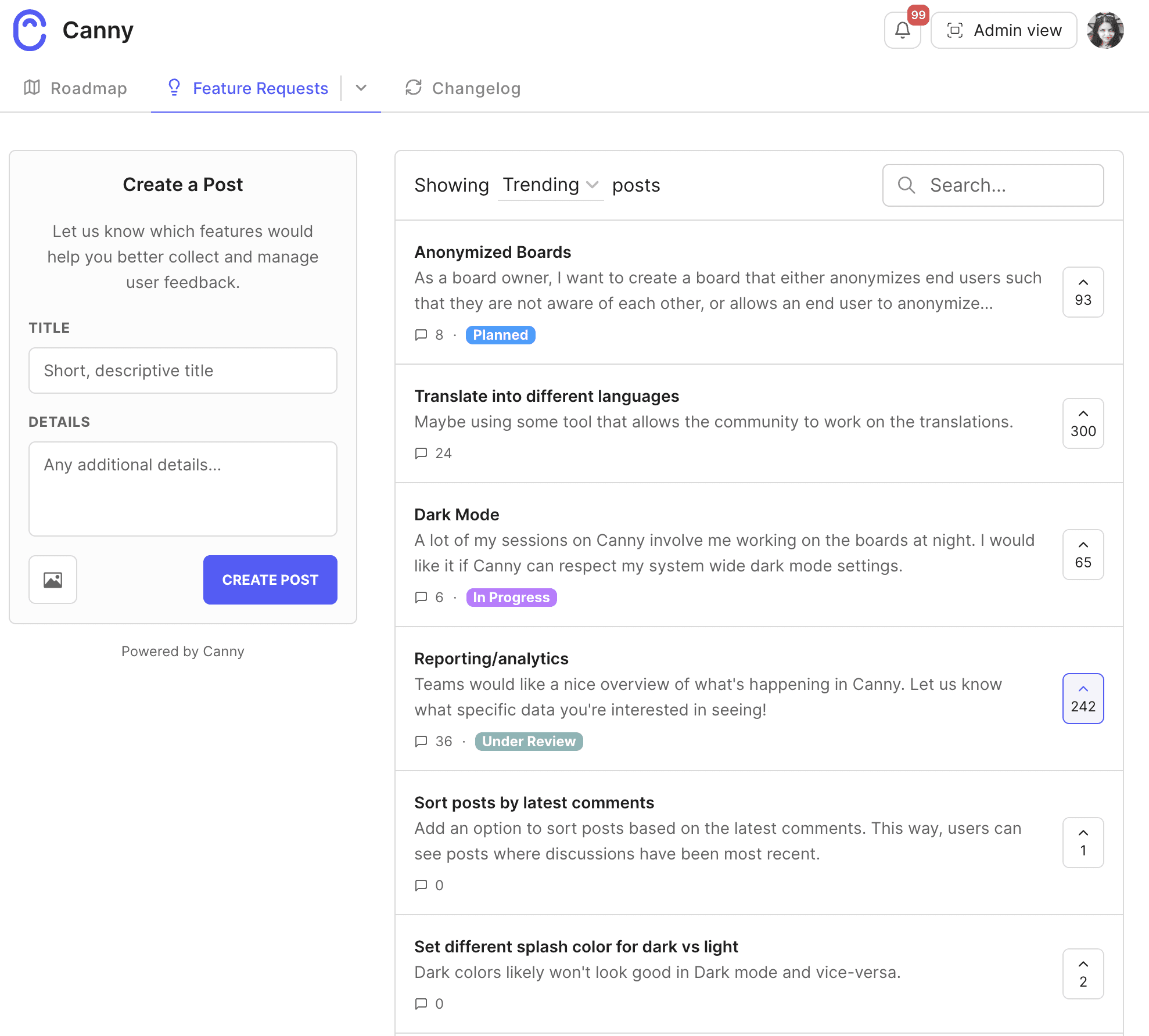
Complete tool for product management
Canny covers many aspects of product management and offers a wide range of features. They include:
- Feedback collection and management
- Community building and engagement
- Feedback prioritization
- User segmentation
- Product roadmapping
- Update announcements and closing the loop
“One feature I was surprised to find is prioritization based on MRR (monthly recurring revenue). This lets me see how many paying customers are requesting a certain feature.”
Stefania Martinello, product manager at Akiflow
Simple and straightforward design
Many users say that Canny is user-friendly. It’s easy to navigate, making your work smoother and more efficient.
“At Canny, our goal is to build a product that is a joy to use. We aim to bring users to their “aha moment” as quickly as possible, with minimal distractions. In other words, we try to make it super simple to use. Our customers seem to resonate with our design approach.”
Sarah Hum, co-founder of Canny
“I love the product design. I love the single sign-on solution. I love the fact that it’s hosted on our domain. And it’s simple. It just works; no headache. It’s just easy to set up, and it saves time.”
Philippe Lehoux, CEO of Missive
“It just works. The UX/UI is simple, people have no questions about using it. It’s the kind of product that I really love.”
Aurélien Georget, CPO at Strapi
Committed to customer success
Canny helps more than just product teams. Customer success, for example, benefits from Canny too.
“The sales and customer success teams redirect our prospective customers to our Canny roadmap. This lets them see what’s coming next.”
Aurélien Georget, CPO at Strapi
Canny’s focus on customer success is a significant plus. It provides support and resources to help you make the most of the tool. Imagine having a supportive coach by your side. And support isn’t limited by plans – anyone can get help and answers to their questions.
Check out Canny’s Discord community for additional support.
Public API
Canny offers flexibility and customization through the public API.
“You should have access to your data. We hope you’ll try Canny and stick around forever, but we won’t penalize you if you decide it’s not the right fit for your team.”
Andrew Rasmussen, co-founder of Canny
Without a public API, you can’t use your data elsewhere. This means it’s much harder to:
- Switch to another tool
- Pull data into another tool (e.g. for product analytics)
- Build something custom into your UI
In Canny, your data belongs to you.
Price
Canny offers four pricing options to serve companies of all sizes. Their most comprehensive plan is on the premium side.
Canny’s Business plan works best for teams who want full control over their product management. This plan includes:
- White labeling
- Security reviews
- Salesforce and Hubspot integrations
- And more
Canny’s Growth plan includes unlimited integrations and other custom features like:
- Custom access boards
- AI automations
- User segmentation
- Admin roles
This plan fits teams that have lots of feedback to manage and need more customization.
For companies just getting started with feedback and don’t need advanced functionality, Canny has a Starter plan. It’s more affordable while still packed with useful features for product managers. You can set up a custom domain, prioritize your roadmap, and coordinate with internal comments.
Canny also offers a generous and completely Free plan with no strings attached. Many teams (small and large) enjoy building products with Canny’s Free plan and find it sufficient.
CONS
Let’s look at some of Canny’s areas for improvement.
Widget limitations
The Canny admin view doesn’t offer a dark theme option yet.
Analytics
Canny could be even better if it provided more reporting and analytics capabilities. This feature request is pretty popular, and the Canny team is actively working on adding more reporting and analytics.
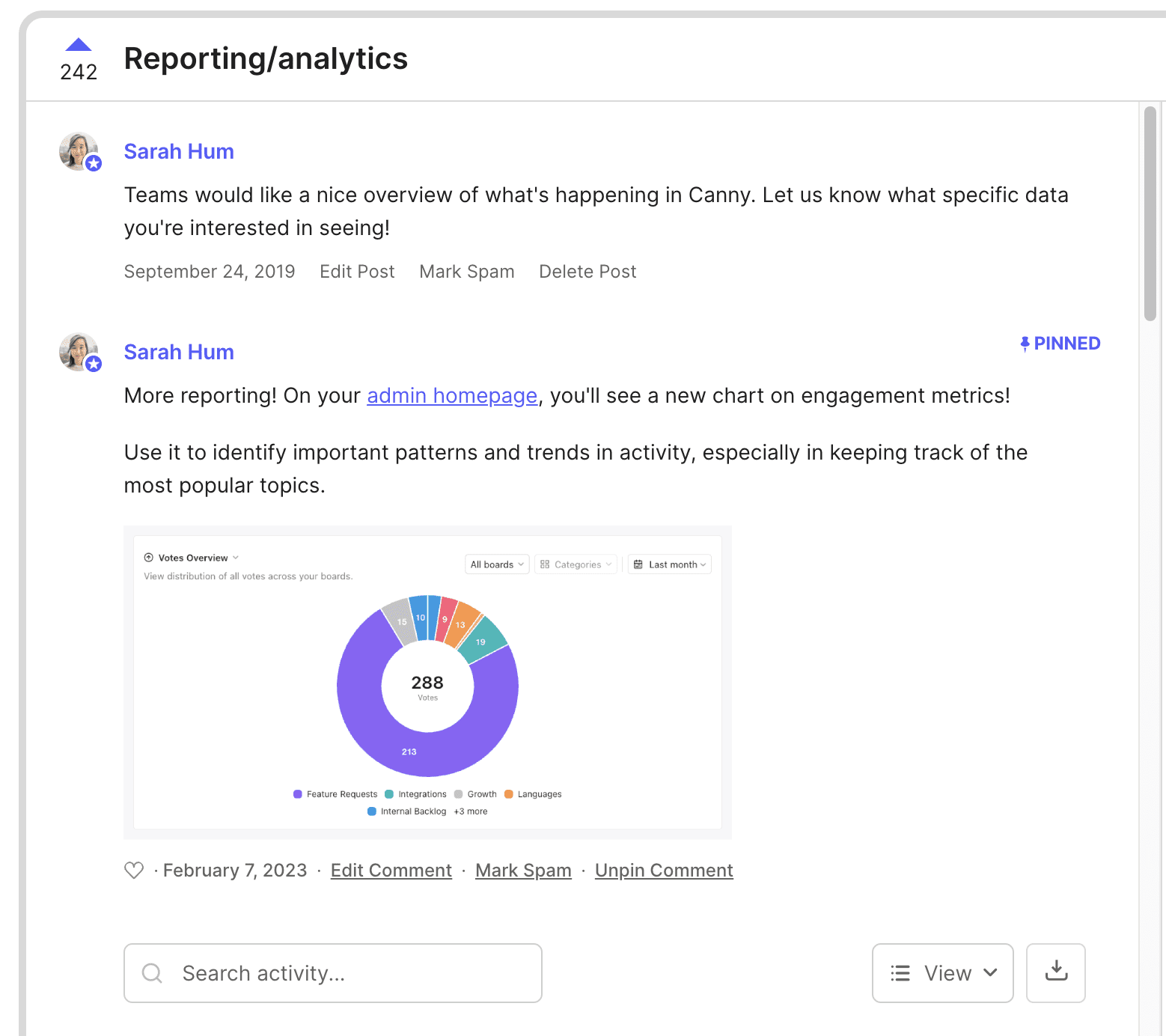
Limited integrations on some plans
Although the Free and Starter plan comes with generous features, integrations are limited. If you are a business with a large tech stack, then you’ll need to subscribe to the pricier plan for unlimited integrations.
Only Canny’s Growth and Business plans offer unlimited integrations. Select integrations are only available on the Business Plan.
UserVoice
UserVoice is another player in the product management software arena. Here’s how it stacks up.
Pros
Customer feedback and feature request management
UserVoice excels at managing customer feedback and product feature requests. It’s like having a dedicated assistant who listens to your users and tracks their needs.
User-centered product development
This tool puts users at the heart of product development. It helps ensure that the products you develop resonate well with your target audience.
Cons
Feature bloat
UserVoice comes with a lot of features, which can be overwhelming. It’s like having a tool with too many buttons – sometimes less is more.
Outdated UI
The user interface feels a bit behind the times. It’s like using an old phone when everyone else has the latest model. It works, but it’s not as sleek or enjoyable.
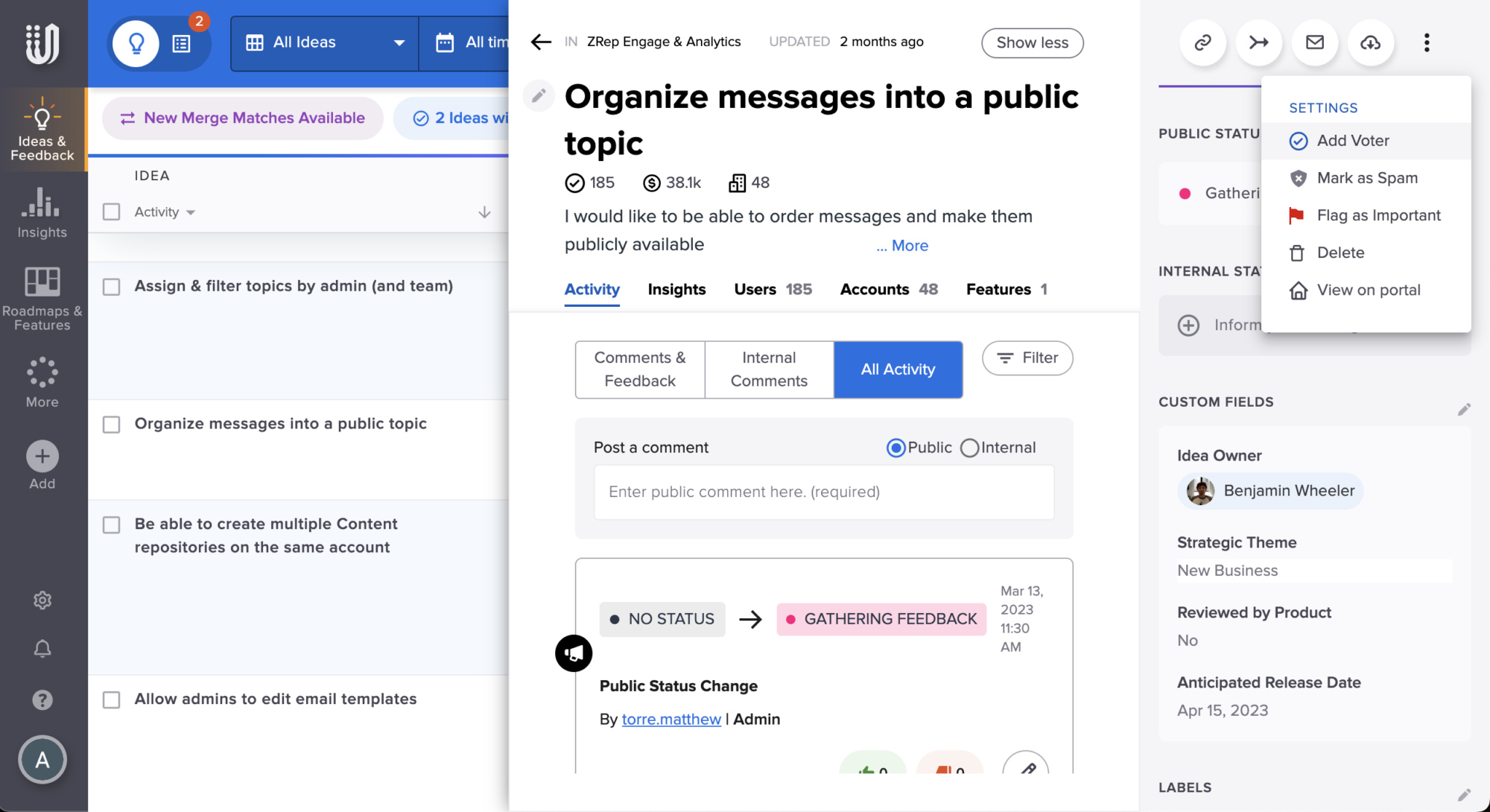
Price
The pricing can be a barrier for some. It starts at $699/month (billed annually) and goes up.
Support issues
There have been concerns about the level of support provided. Getting help shouldn’t be challenging, but sometimes it feels like trying to find a guide in a huge forest.
Time-consuming
If you take on a new tool, you’re hoping it will save you time. In UserVoice’s case, sometimes it’s not true. Some of the features seem underdeveloped, which results in some manual work.
AHA!
Aha! is a robust tool with lots of separate products. Aha! Ideas is focused on feedback, and Aha! Roadmaps are just for roadmaps. They offer additional tools to help you manage your products.
PROS
Roadmapping and strategy alignment features
Aha! is particularly strong in roadmapping. It helps align your product strategy with your business goals. It’s like having a clear map for your product’s journey.
Strategic planning and team alignment
This tool excels in strategic planning, ensuring that your team’s efforts are well-coordinated and focused on the product vision.
CONS
Feature bloat
Similar to UserVoice, Aha! also suffers from feature bloat. It packs many features that may not be necessary for all users.
Outdated UI
The user interface is not the most modern, which can impact the user experience. It’s like having an old but reliable car – functional but lacking modern features.
Price
The pricing model of Aha! can be a hurdle, especially for smaller teams or startups. It’s akin to a premium product that may not fit everyone’s budget. Additionally, Aha! Products are broken into separate solutions. So, if you want both feedback and roadmaps, you’ll have to pay for them separately.
Support issues
Some users have noted challenges with the level of support offered by Aha!, which could be a concern for teams needing frequent assistance.
PRODUCTBOARD
Productboard is a well-known tool in the space. Let’s explore what it has to offer.
PROS
Product management, roadmapping, prioritization
Productboard is strong in core areas like product management, roadmapping, and product prioritization. It helps you be organized around your product’s lifecycle.
User experience and application in different scenarios
The tool is adaptable, providing a good user experience across various scenarios. It fits different product management styles and needs.
CONS
Not focused on feedback
Unlike Canny, Productboard doesn’t emphasize user feedback as much. This might be a limitation for those who prioritize direct user input.
Limited access to data
Users might find access to data restricted, which can be a hindrance when detailed insights are needed. The lack of a public API is one of the biggest risks of going with ProductBoard. Choosing a tool that “locks in” your data is inherently risky. You won’t be able to use the data you gather and input anywhere else. You can only access it within ProductBoard.
Feature bloat
Productboard also faces the issue of having too many features, which can be overwhelming and reduce the ease of use.
Price
The pricing structure of Productboard might be a concern for some, especially smaller teams or startups with limited budgets. Productboard charges per maker per month, which could quickly add up and get confusing.
PENDO
Pendo is another strong player in the product management software space. Let’s examine its benefits and limitations.
PROS
In-app analytics, user feedback, and guidance capabilities
Pendo stands out for its in-app analytics and guidance. It helps you understand and guide user behavior within your product.
User engagement and product experience
This tool effectively enhances user engagement and overall product experience, offering insights into how users interact with your product.
CONS
Not focused on feedback
Pendo is not primarily focused on gathering product feedback. This can be a drawback for teams looking to deeply understand customer opinions.
Feature bloat
Like many comprehensive tools, Pendo offers a wide range of features, which can sometimes overwhelm and affect usability.
Clunky UI
Pendo’s user interface might not be as intuitive or modern as desired, potentially impacting the user experience.
Support challenges
There have been concerns about the level and effectiveness of support provided by Pendo. This could be a significant factor for teams requiring regular assistance.
Project management software with product management components
While not specifically designed for product management, some project management tools can be useful. Some companies combine the roles of a project manager and a product owner. In these cases, project management tools might be appropriate.
These tools bring a different angle to product management, blending project and product-related tasks. This can be a great option, especially if you don’t have the budget for another tool right now. Let’s take a quick look at them.
CLICKUP
ClickUp is a versatile tool. It combines project and product management features.
ClickUp offers task management, time tracking, customizable workspaces, cool automations, and more. You can even build a roadmap within ClickUp! This tool also helps with team collaboration.
Unfortunately, ClickUp can get a bit overwhelming, especially for product managers. When your focus is on the product, project management functions can be distracting. This tool also requires a bit of learning to fully utilize its capabilities.
JIRA BY ATLASSIAN
Jira software is known for its issue-tracking and project-management capabilities. It also provides valuable insights into user experiences. It’s more geared towards project tracking but can be adapted for product management needs. Still, it’s not built for product management, so it’ll limit what you can do for your product.
TRELLO
Trello’s task management system uses boards and cards. They offer simplicity and a strong visual design. It’s great for organizing tasks but doesn’t encompass all aspects of product management.
ASANA
Asana is focused on collaboration and workflow management. It’s the most effective for team-oriented projects. You can use Asana for product management, especially in product planning and task management. However, you’ll face limitations because it’s primarily project management software.
MONDAY.COM
Monday is known for its customization and automation options. You can adapt it for product management purposes, though it’s primarily a project management tool.
Each of these tools provides a unique approach to managing product-related tasks.
However, they may not cover all the specific needs of product management as comprehensively as dedicated product management software. Remember this if you choose to do product management in a project management tool.
How to choose the best product management tool
There are many tools to choose from and many things to consider. You don’t want to commit to a tool only to discover that it doesn’t quite work. That’s why you should be very careful with your selection process. Here are a few things to look out for when choosing a product management tool.
UNDERSTAND YOUR NEEDS
Start by clearly defining what you’re looking for. Are you more focused on roadmapping, feedback collection, or task management? Or maybe all of the above? What are some must-haves versus nice-to-haves? And which teams will use the tool? Consider their needs too. Last but not least, what are the customer needs? And what tool will serve their needs best?
Understanding your key objectives will guide your search.
SET SELECTION CRITERIA
List the essential features based on your needs. These might include a user interface, reporting capabilities, or specific integrations.
RESEARCH AND COMPARE OPTIONS
Investigate various tools. Read reviews, watch demos, and see how each aligns with your criteria.
TRY TOOLS FOR FREE
Many tools offer free trials. Use this opportunity to get hands-on experience. How does it feel to navigate the tool? Is it intuitive?
Canny offers a Free plan that doesn’t expire. There’s also a trial of the Growth plan. This gives you a great opportunity to get some hands-on experience with the tool.
ASSESS INTEGRATIONS
Check if the tool can seamlessly integrate with other software you use. This could include CRM systems, communication tools, or analytics platforms. As mentioned before, make sure the integrations are built well and actually useful. Ask for a live demo of them or try them out for yourself.
CHECK UX/UI
User experience is crucial. A tool with a clunky or confusing interface can hinder productivity. So, test the tool and note how easy and intuitive it feels.
DETERMINE SCALABILITY
Consider if the tool can grow with your team. Can it handle more users, projects, or product data over time?
EVALUATE SUPPORT OPTIONS
Good customer support can be a lifesaver, especially in critical moments. Look into their support channels and response times.
ASSESS COST VS VALUE
Finally, consider if the tool’s cost is justified by its value. Does it save time, provide unique insights, or improve product quality?
Want some extra product content? Check out our list of the top product management certifications.
Conclusion: the best product management software
Selecting the right product management tool is a journey. It demands careful consideration of your specific needs, goals, and team dynamics.
Canny emerges as a strong contender with its user-feedback focus and intuitive design. Canny can help you build better products, connect with your users, and improve team collaboration.
“Anyone who spends any time looking at other tools — and we did — is just being daft. You’d be crazy not to go for Canny.”
Nick Barraclough, Partner Success Manager at Figured
Remember – the best tool is one that not only aligns with your immediate requirements but also scales with your aspirations and challenges.
Armed with the right software, you can expedite product growth. So give Canny a try today!


